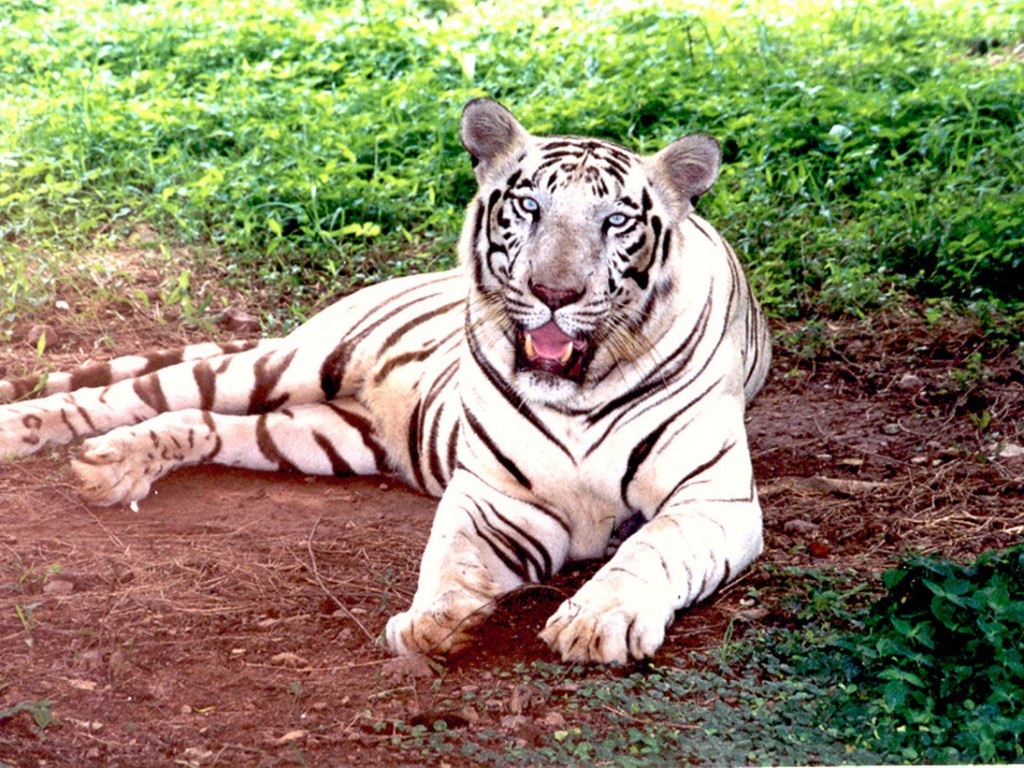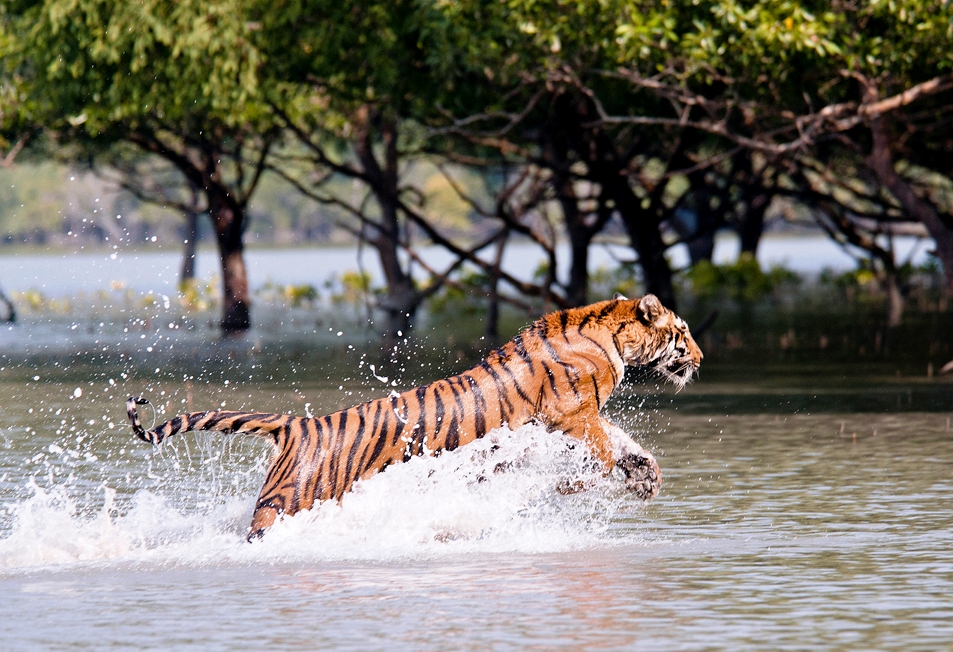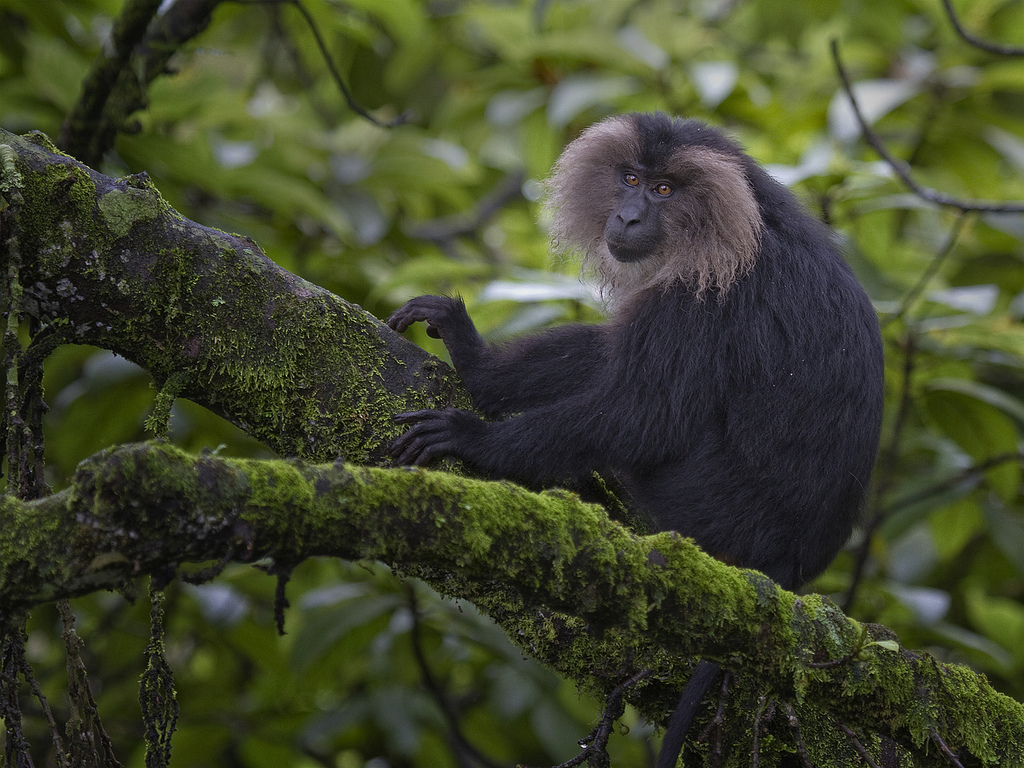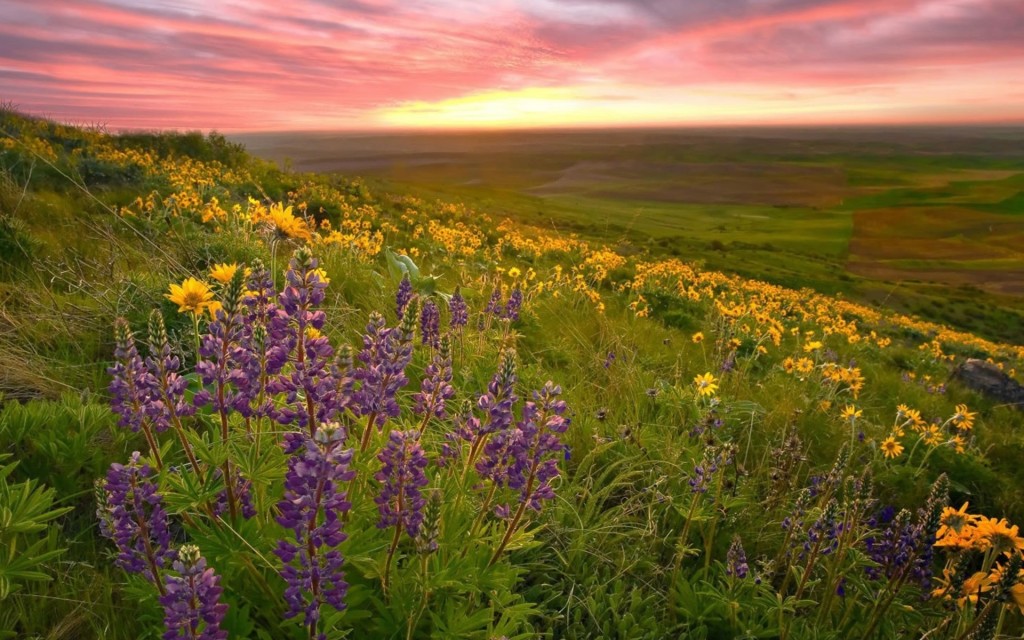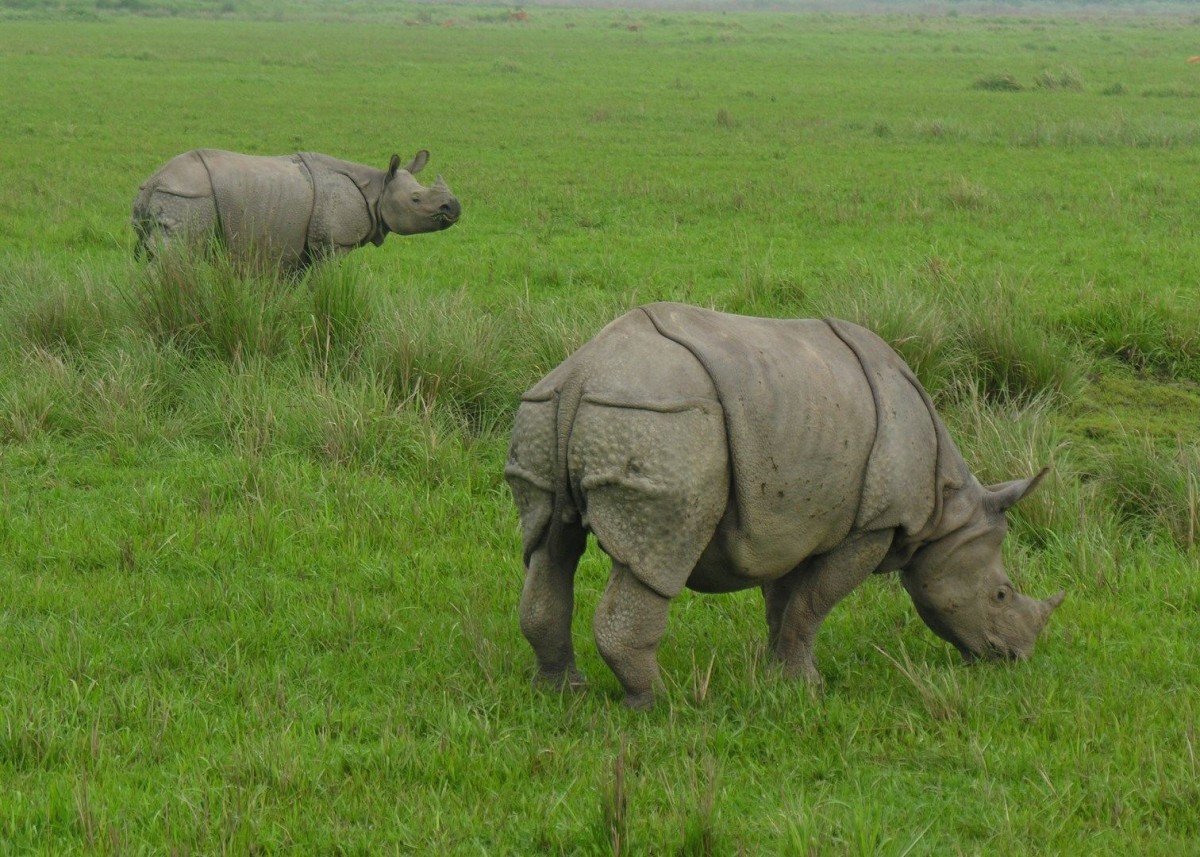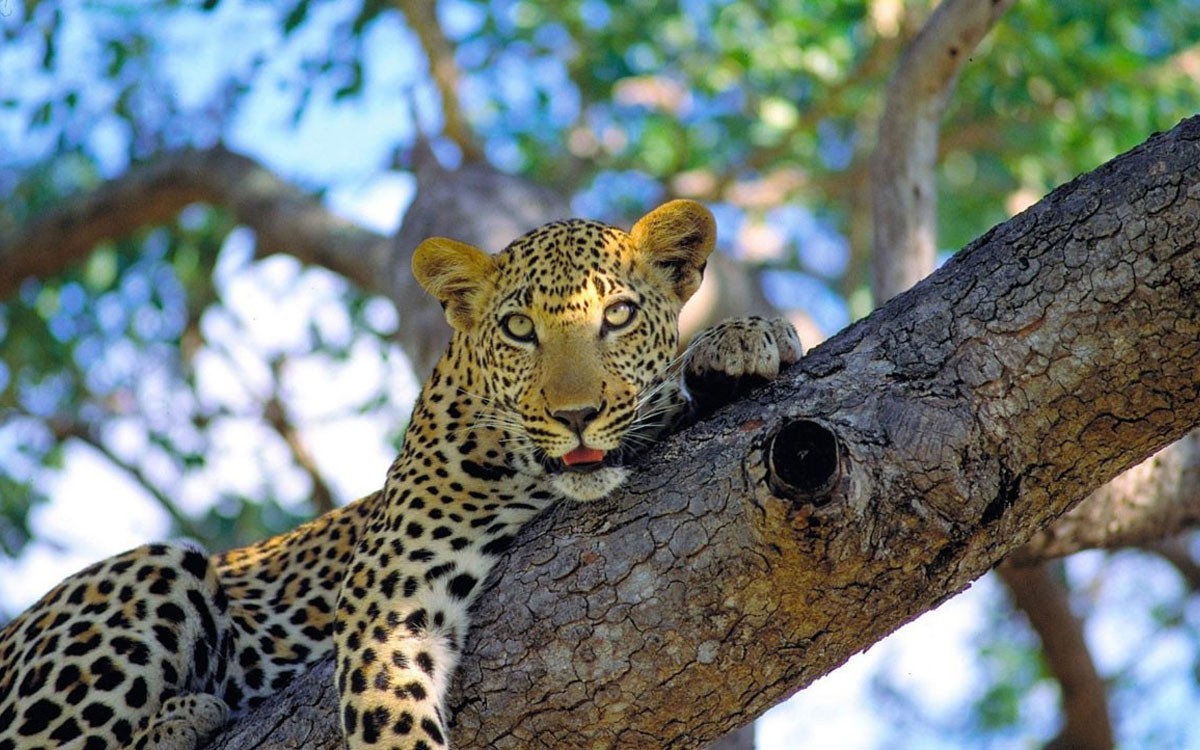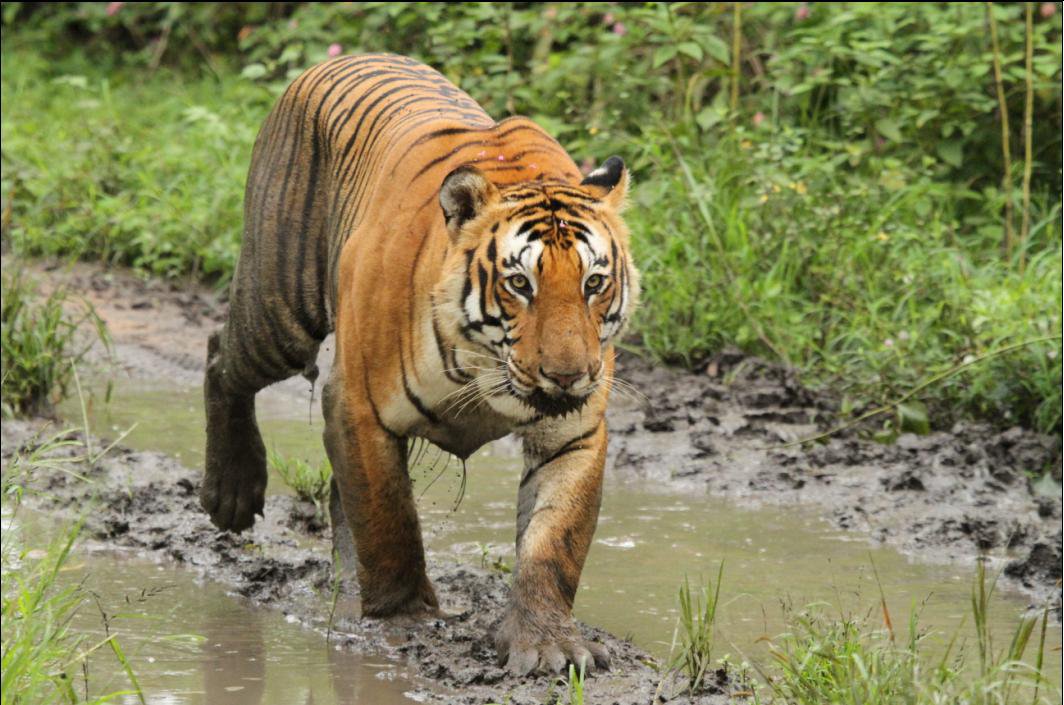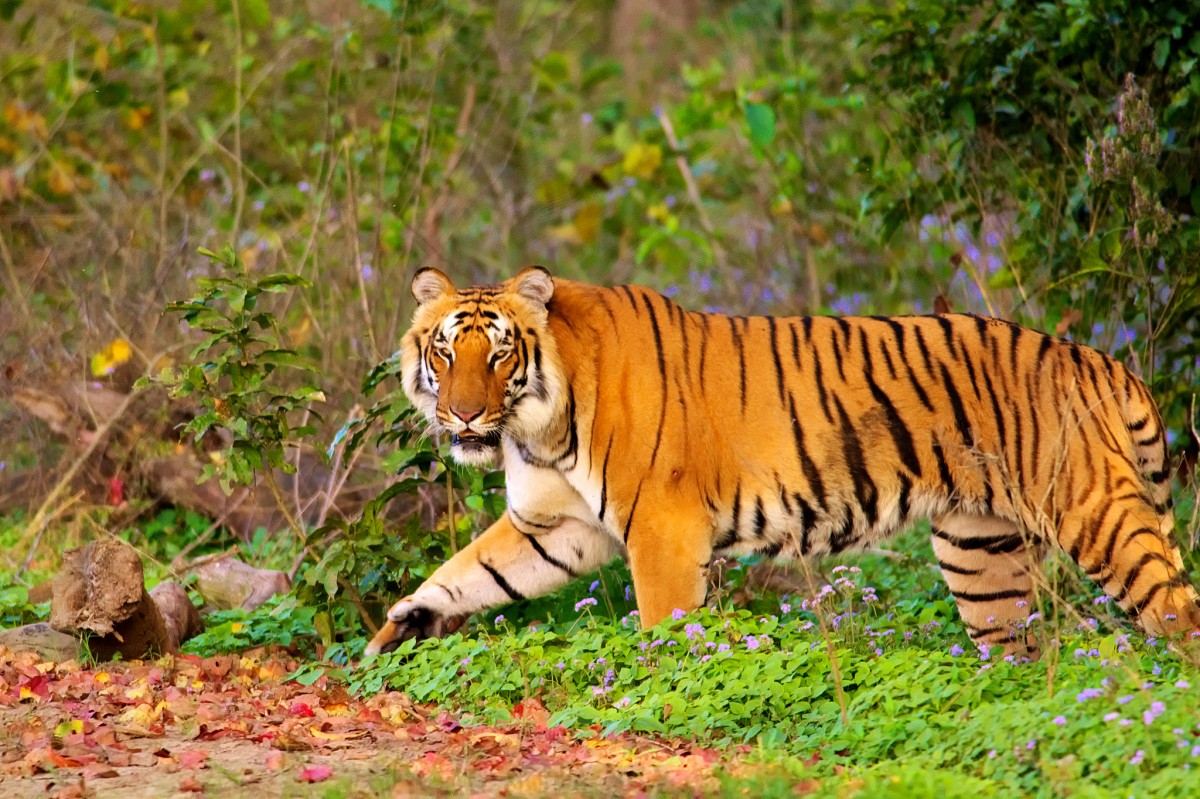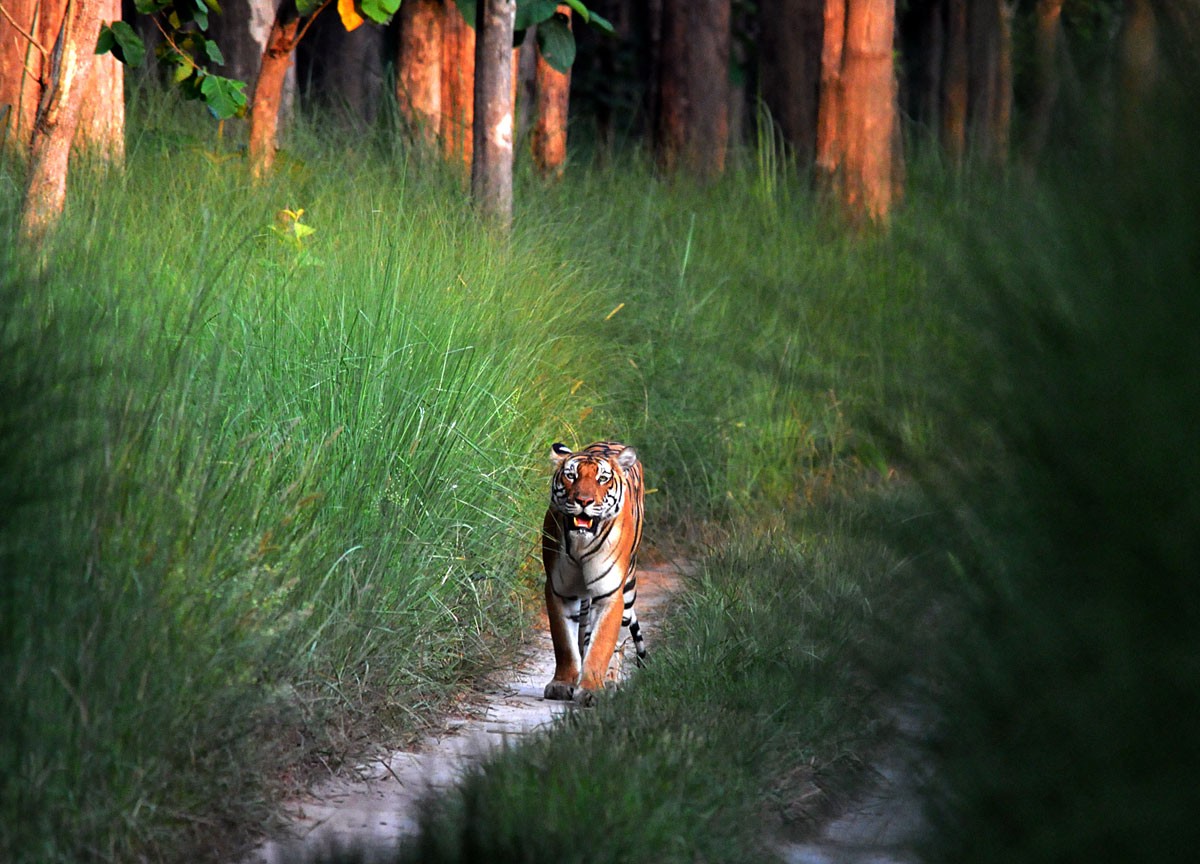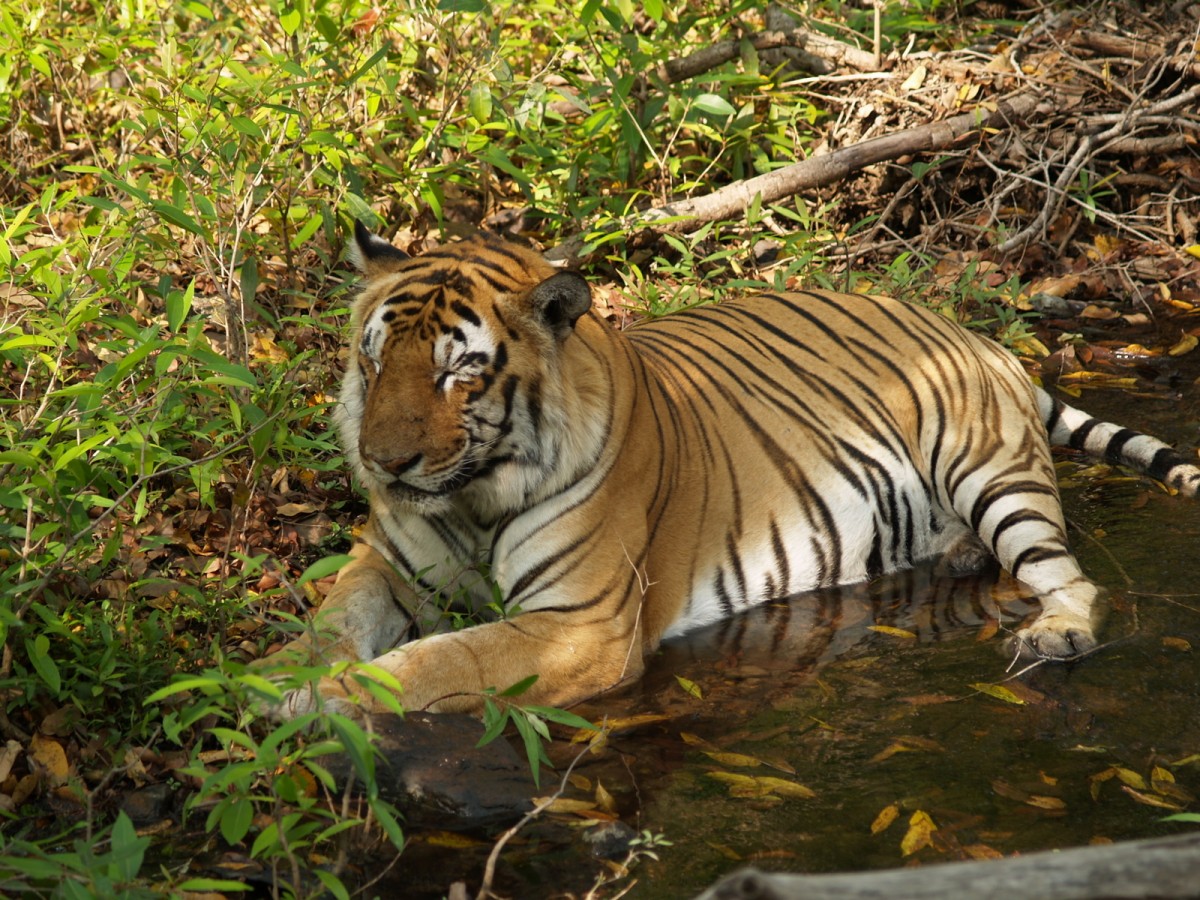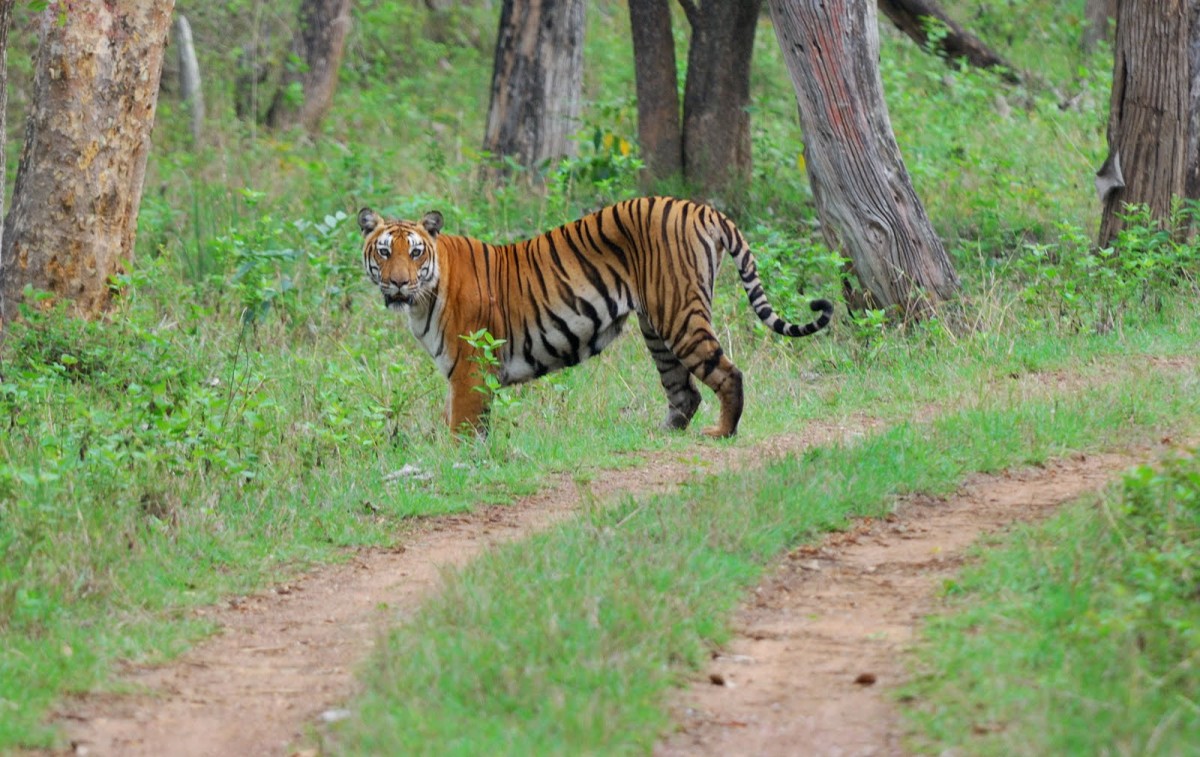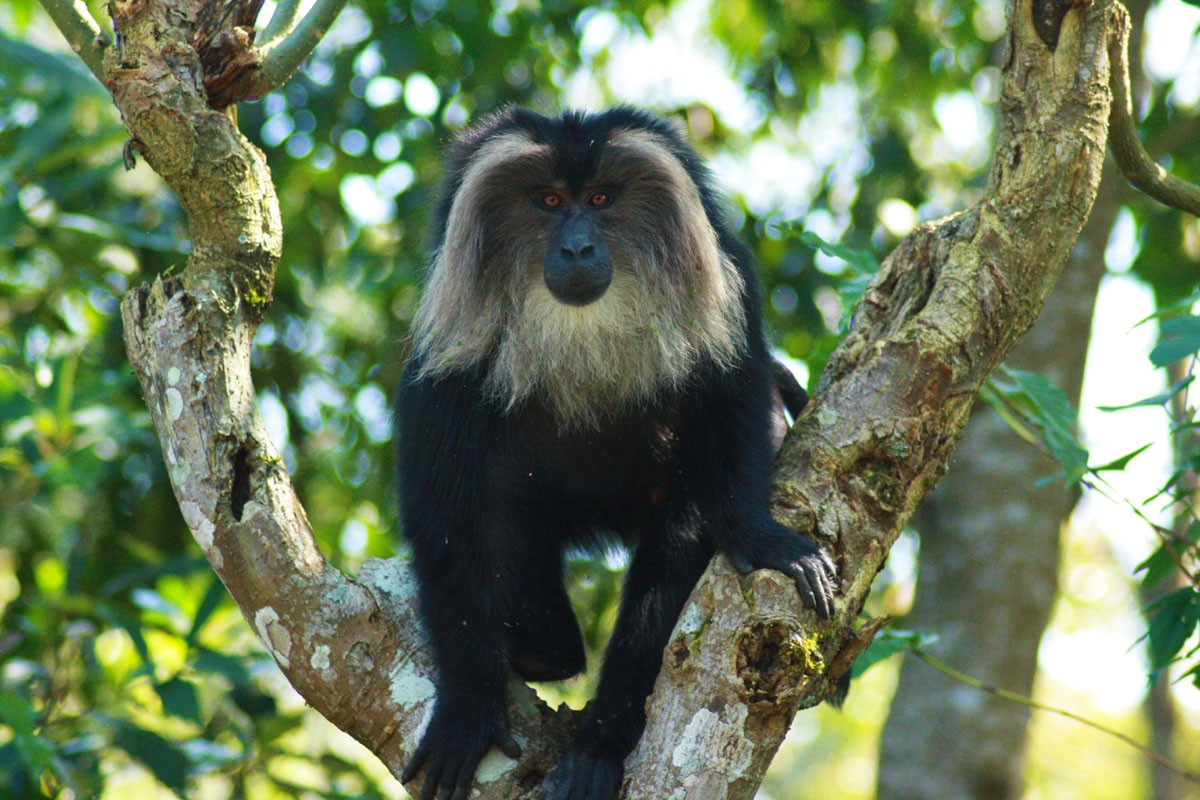
Indira Gandhi Wildlife Sanctuary and Indira Gandhi National Park at a Glance.
| IUCN Category | II (National Park) |
| State | Tamil Nadu. |
| District | Coimbatore. |
| Biogeographically Province 4.1.1.(Malabar Rainforest) | |
| Area | 117.1 Sq. Km. 95,860ha |
| Geographical Location | Tamil Nadu |
| Latitude | 10 degree N Longitude 76 degree E |
| Established On | 23.1.89 (as NP) |
| Land Tenure | Government |
| Period for Visit | February-June. |
| Nearest Town | pollachi (25 km). |
| Nearest Railway Station | Pollachi (25 Km). |
| Nearest Airport | Coimbatore (65 Km). |
| Accommodation | Log Huts, Rest Houses. |
| Flora (Plants) | Rosewood, teak. |
Annamalai National Park Physical Features: Valleys and hills ranging in altitude from 200-2,000m. these hills form the catchment of many streams. Includes Mavadappu Plateau (2,000ha at an elevation of 500-700m).

Annamalai National Park Vegetation: Rich mixed deciduous forest, Tropical wet Evergreen, Tropical moist deciduous.
Annamalai National Park Fauna (Animals): Nilgiri Langur, Liontailed macaque Gaur, Elephant, Chital, Sambar, Mouse Deer, Barking Deer, Variety of Birds, Tiger, panther, Wild Dog, Nilgiri Tahr.
Constraints the main conservation problem is the creation of the various Hyde projects and agricultural irrigation schemes.
The Anamalai (Indira Gandhi) National Park is known for its wildlife and rich forest. It was earlier known as Anamalai Wildlife Sanctuary. It is Tamil Nadu and covers an area of 117 Sq. km. It is part of a thick teak forest. This park has number of bird species to this wildlife reserve. Top slip is the focal point of this wildlife reserve. The park is rich in mixed deciduous forest with fair population of rosewood and teaks.
The forests are noted for their valuable timber trees including teak and rosewood. Sleepers are made for the railways from Hopea parviflora, Mesua ferrea, Calophyllum tomentosum, Vateria indica, Cullenia excels and Mangifera indica. Softwoods include Machilus Macrantha, Alstonia scholaris, Evodia meliaefolia, Ailanthus and Malabaricum. Wood for making pulp is procured from Eucalyptus hybrid and Eucalyptus grandis. Minor forest produce is collected from bamboos, reeds, soapnuts, canes, gums, lemon grass, wild cardamom, honey and amla. In addition to the economically useful plants listed, some rare orchids are found and the sanctuary is the only home of the South Indian species of conifer, podocarpus wallichianus.
Its rich fauna is represented by Elephant Elephas maximus, sloth bear Melursus ursinus, wild dog cuon alpines, bison Bos gaurus, chital Axis axis, chevrotain Tragulus meminna, Nilgiri tahr Hemitragus hylocrius, Nilgiri langur presbytis johni and liontailed macaque Macaca silenus. Marsh crocodile Crocodylus palustris are also found in the sanctuary. There is rich birdlife including the Malabar pied hornbill Anthracoceros coronatus and Imperial npigeon Ducula badia.
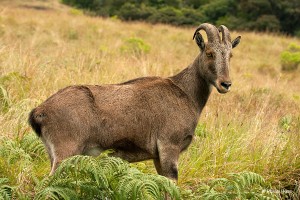
In Anamalai (Indira Gandhi) National Park one can also see sambar, gaur, mouse deer, barking deer, but the exclusive attraction of the National Park are Nilgiri langur, lion tailed macaque and spectacular birds.
The park authorities provide elephants and vehicles to cover park area extensively, & to move within the park, which facilitates panoramic view of the wildlife and park surroundings. One is advised to make advance arrangements for these facilities including rest houses and log huts. The best period to visit this park is from February-June. Pollachi (25 km) is the nearest town and Railway station Coimbatore (65 km) is the nearest Airport.
How to Reach Anamalai National Park
By Air: The nearest airport is located at Coimbatore (90 km).
By Road: Regular buses operate from Palani and Coimbatore and stop at , Pollachi (35 km), there are buses twice daily to the park, It is possible to hire private vehicles from Pollachi and Parambikulam
By Rail: Pollachi is also on the Coimbatore-Dindigul rail route.
Best Time to visit Anamalai National Park: This park is open round the year, however the best time to visit is from December to June.

